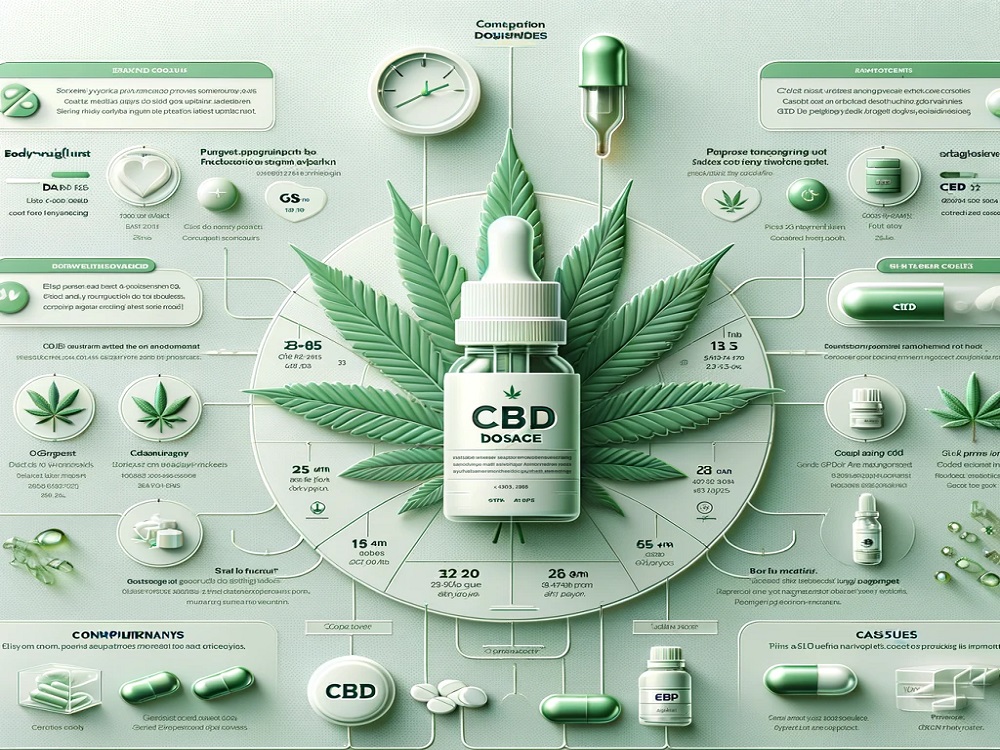Whether it was a thousand years ago or simply a couple of days earlier, the history of any wine begins its trip with the grapes being harvested, pressed, and fermented. The fermentation procedure is one of the most important parts, as this is what transforms pressed grapes into wine.
Because there’s such a rich history of wine, there’s no way we could have information about every place, discovery, or growth. Yet we can share some of the greatest wine history timeline.
7000 B.C.
According to experts, the foremost wine researcher and anthropologist, the world’s first chemically verified alcoholic beverage– including wine– was found in China. Jars from this were used to produce and save a fermented beverage made from wild grapes (including Vitis amurensis and Vitis thunbergii grape varieties), rice, honey, and hawthorn fruit. Scientists concluded that storing sugary fruit with yeast on its skins inside these vessels shows how the liquid was fermented.
6100 B.C
In 2016, a group of scientists found the earliest vineyard in the world in a cavern, situated in the mountains of Armenia. Among the explorations in this cave were a drinking bowl and cup, grape press, and fermentation containers. It was also identified that the wine grapes used were Vitis vinifera, the same used in many wines today. Therefore, researchers deduce that the final product would possibly be similar to the unfiltered wine that tastes like red wine.
A.D. 306-380
Starting with the reign of Constantine the Great (A.D. 306-337), the Catholic Church and Christianity became the key religious force in the Roman Empire. And with it, the wine took a noticeable place in spiritual rituals, specifically during the rite of Eucharist (also referred to as communion). In the Catholic mass, this custom memorializes the last supper of Jesus Christ and his apostles, with the wine signifying the blood of Jesus.
The method of using wine– or at the least the meaning of wine– is still much a part of many churches across the Christian belief. (Although grape juice is a usual substitute.) It’s yet another instance of the enduring impact that wine has had on mankind not just for social satisfaction, but also for spiritual methods.
The 1980s to Today
In a full circle moment, we’ll conclude our tour through the history of wine back where we started: in China. As the Chinese economic situation started to flourish in the late 1980s, the nation became one of the world’s largest consumers and manufacturers of wine. While rice wine has become the most popular liquor in the country– back to its ancient origins– grape wine has grown in status and choice.
However, wine manufacturing in China has dropped considerably in the last few years. There’s no clear reason this is happening, however, some experts recommend the downturn might be because of negative growing conditions, a winding down of interest in locally produced wine, and the increase of imports from better-known wine regions.
Your Wine Has a Story
Understanding how various cultures have produced and used wine for many years can enhance your wine alcohol consumption experience. From the initial winery hidden in Armenia to the Phoenicians’ world impact of winemaking to the social and spiritual facets of wine in Roman society and beyond, wine is far more than simply fermented grapes in a glass. It’s a lesson in wine history that you can enjoy every single time you take a sip.


